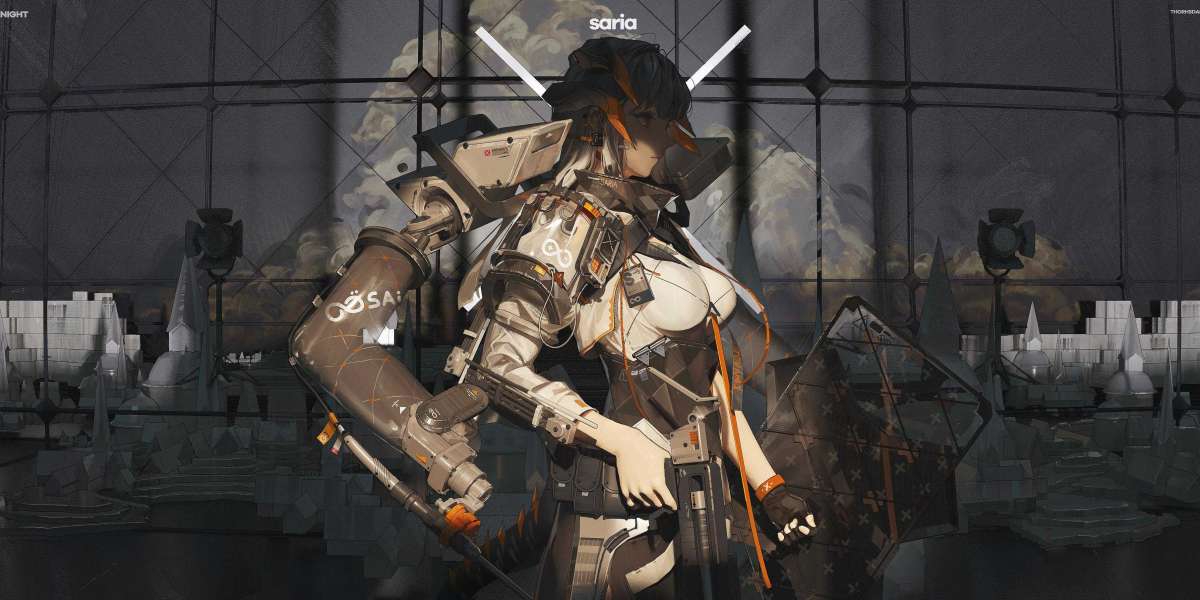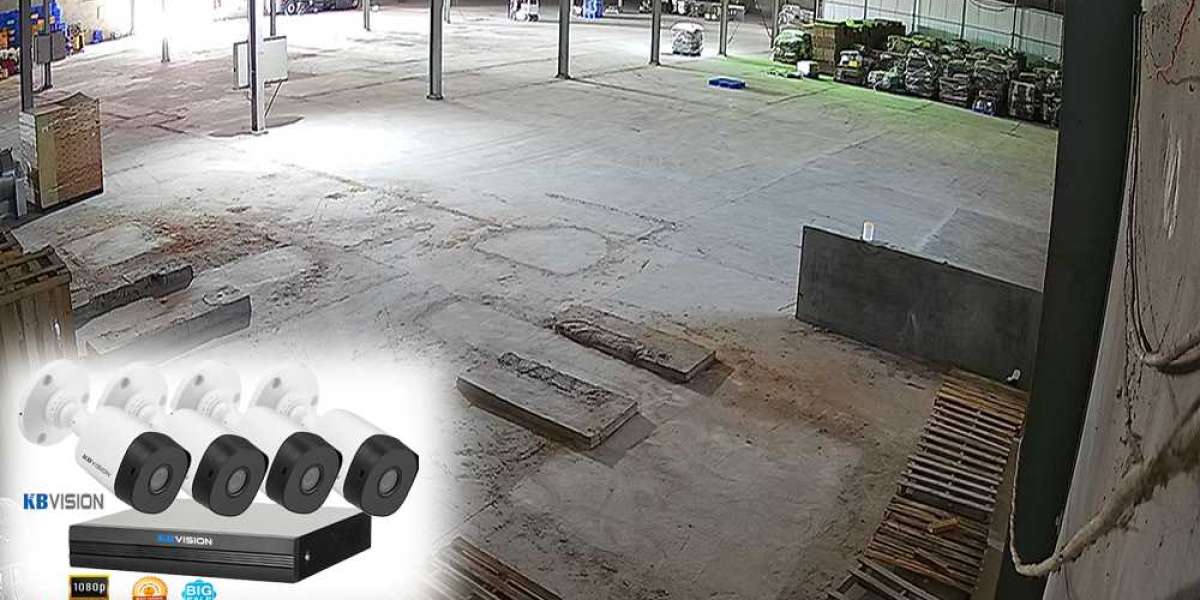3D printing has revolutionized the manufacturing landscape, but it is not without its challenges. One of the most common issues faced by enthusiasts and professionals alike is print warping. This phenomenon can lead to failed prints and wasted materials, making it essential to understand its causes and explore effective print warping solutions.
What Causes Print Warping?
Print warping occurs when the material cools unevenly during the printing process, causing the edges of the print to lift from the build plate. Several factors contribute to this issue:
- Temperature Fluctuations: Rapid cooling can lead to thermal contraction, which is a primary cause of warping.
- Inadequate Adhesion: If the first layer does not adhere properly to the build plate, it can lift as the print progresses.
- Material Properties: Certain materials, like ABS, are more prone to warping due to their thermal characteristics.
- Print Settings: Incorrect settings, such as layer height and print speed, can exacerbate warping issues.
Effective Print Warping Solutions
To combat print warping, several print warping solutions can be implemented. These solutions not only enhance print quality but also improve overall efficiency:
- Use a Heated Bed: A heated build plate helps maintain a consistent temperature, reducing the likelihood of warping.
- Optimize Bed Adhesion: Employ adhesives like glue sticks or specialized sprays to enhance the first layer's grip on the build plate.
- Adjust Print Settings: Fine-tuning settings such as layer height, print speed, and cooling fan speed can significantly impact warping.
- Choose the Right Material: Consider using materials specifically designed to minimize warping, such as PLA or PETG.
Preventive Measures for Print Warping
In addition to the solutions mentioned, preventive measures can also play a crucial role in avoiding print warping. Here are some strategies:
- Calibrate Your Printer: Regular calibration ensures that your printer operates optimally, reducing the chances of warping.
- Control Ambient Temperature: Maintain a stable environment by avoiding drafts and temperature fluctuations in your printing area.
- Utilize Enclosures: Enclosing your printer can help maintain a consistent temperature and protect prints from external factors.
Conclusion
Understanding the causes of print warping and implementing effective print warping solutions is essential for achieving successful 3D prints. By taking proactive measures, such as optimizing print settings and ensuring proper adhesion, you can significantly reduce the risk of warping. For more detailed guidance on preventing 3D printing failures, visit this comprehensive guide.







